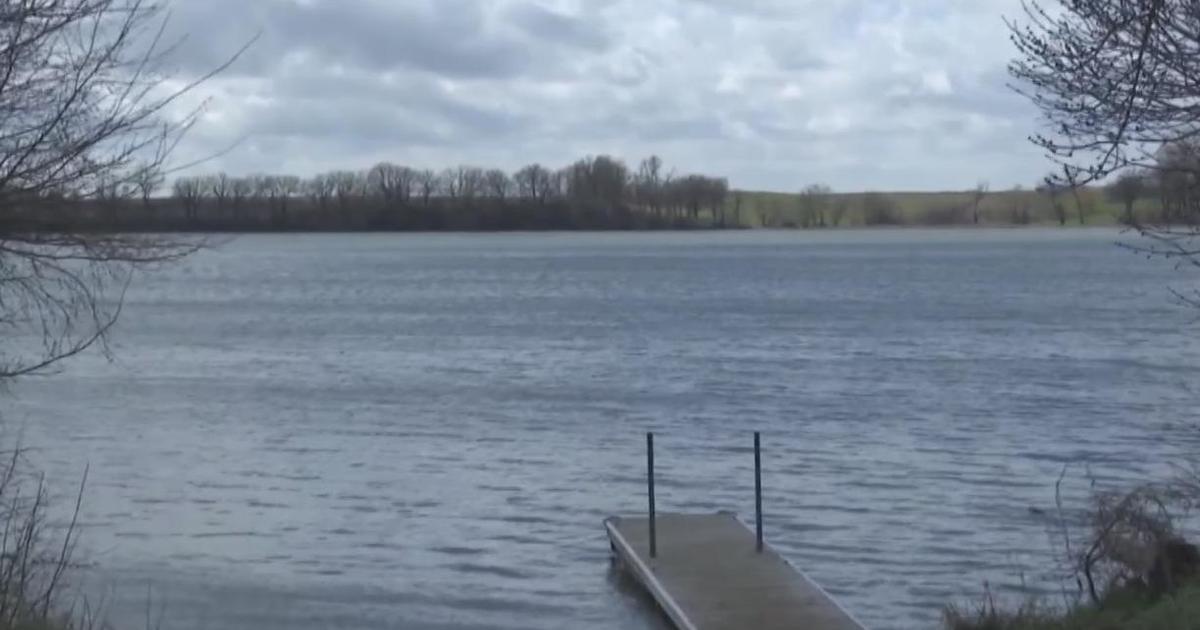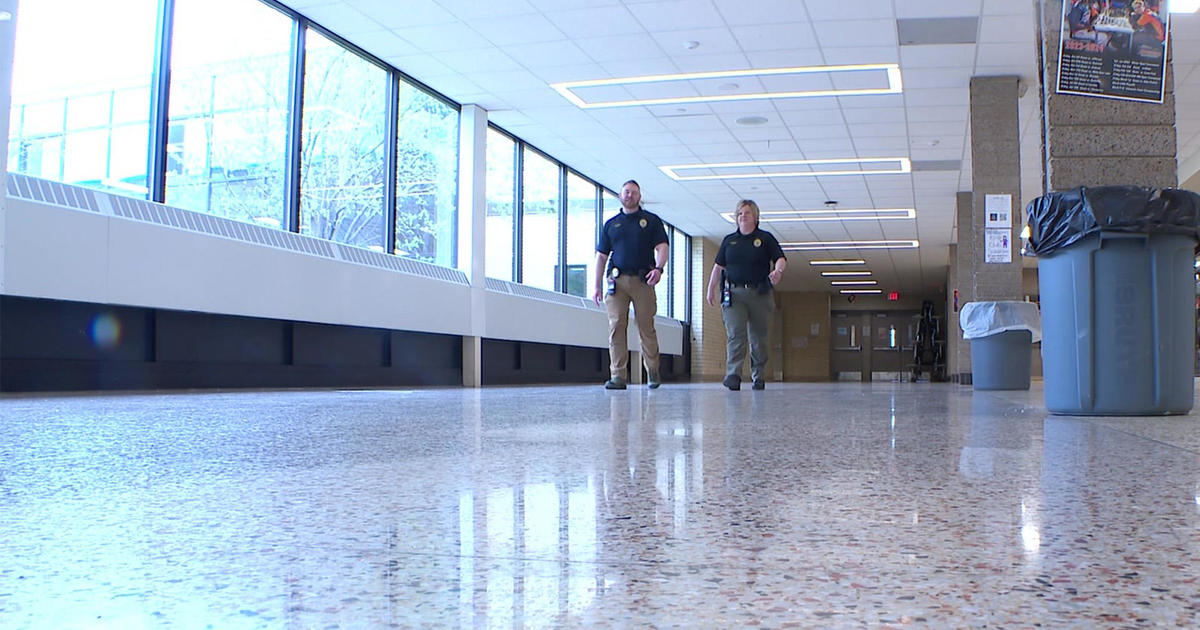How Much Salt Is Safe To Use On The Roads?
MINNEAPOLIS (WCCO) -- According to a survey from the Minnesota Pollution Control Agency, 60% of us don't know how much salt to use.
So, how should Minnesotans balance their safety with taking caring of their water? How much salt should we use? Good Question.
"We aren't saying you shouldn't be using salt, but we are overusing it," says Angela Bourdaghs with the Minnesota Pollution Control Agency.
Every year, Minnesota uses more than 400,000 tons of salt on its roads. In greater Minnesota, most of the salt use comes from fertilizers and water softeners. In the metro areas, the bulk of the salt is used for roads.
"All it takes is one teaspoon of salt to pollute five gallons of water," says Bourdaghs. "The profile for recreational fishing in Minnesota is changing because of salt."
That's a big reason why the Minnesota Pollution Control Agency is conducting smart salting workshops for public and private entities.
In it, about two dozen people learned the best practices for pre-treating and treating roads, sidewalks, parking lots and driveways. They also learned some major misconceptions about how much salt people think they should use.
"Crunch is bad, that's the main message," says Bourdaghs.
She offered up four major takeaways for people who use salt for the ice that covers their sidewalks, driveways or decks.
First, you're using too much salt if you see any salt remnants after the ice melts.
"You're literally not safer by having more," she says. "It's just excess stuff."
Second, always use the shovel first to remove snow before it turns to ice. Remove as much frozen water – in whatever form it might be – as possible mechanically before turning to sodium chloride.
Third, use a smaller cup over a large scooter. Twelves ounces of salt should cover ten sidewalk squares or a 20-foot driveway. There should be one grain of salt for every three inches.
Fourth, sprinkle just a path down the middle. Once people start walking on that path, the salt will naturally move out.
"There's another way to think about it, only use half as much as you used last year and you'll make a big difference," says Bourdaghs.



